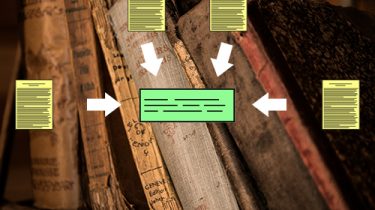The Ultimate Learning Path to Becoming a Data Scientist in 2018
Introduction So you’ve taken the plunge. You want to become a data scientist. But where to begin? There are far too many resources out there. How do you decide the starting point? Did you miss out on topics you should have studied? Which are the best resources to learn? Don’t worry, we have you covered! Analytics Vidhya’s learning path for 2016 saw 250,000+ views. In 2017, we went even further and saw an incredible 500,000+ views! So this year, we […]
Read more








